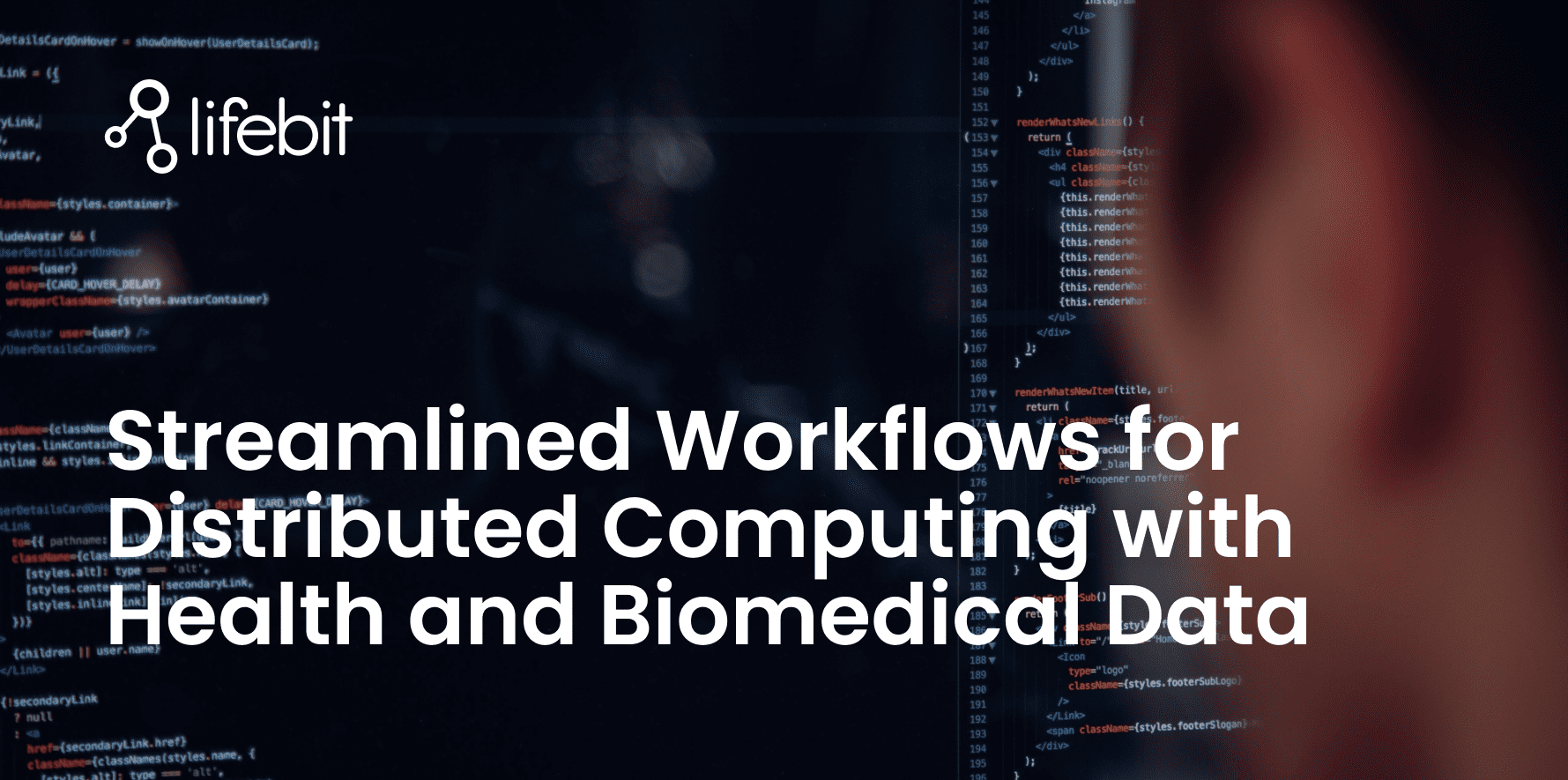31 July 2024
Author: Ashley Lê
Introduction
What is Target Validation?
Target validation is a critical step in the drug discovery process that confirms the biological relevance of a potential therapeutic target to a particular disease. This process involves demonstrating that modulating the target—typically a protein, gene, or pathway—will produce a therapeutic benefit in the treatment of the disease.
Effective target validation requires a thorough understanding of the target's role in disease pathology, typically achieved through a combination of techniques such as genetic manipulation (e.g., gene knock-out or knock-down studies), biochemical assays, animal models, and advanced imaging technologies. The ultimate goal is to ensure that the chosen target is directly involved in the disease mechanism and that influencing its activity can lead to meaningful therapeutic outcomes, thereby reducing the risk of failure in subsequent development stages. This step is essential to streamline drug development, improve success rates, and enhance the efficiency of bringing new therapies to market.

Rapid advancements in biomedical imaging technologies have revolutionized various facets of pharmaceutical research and development. These innovations significantly impact target validation, a crucial step in the drug discovery process, which ensures that a biological target is directly involved in a disease process and that modulating this target will have a therapeutic effect.
Imaging data is a pivotal tool in validating these targets with unprecedented precision and depth. In this blog post, we'll explore how imaging data is transforming target validation in pharma.
Enhancing Molecular Understanding
Molecular understanding enables researchers to accurately identify and confirm the specific biological molecules, pathways, and mechanisms that contribute to the progression of a disease. By elucidating how particular proteins, genes, or signaling pathways operate within the context of the disease, scientists can establish a clear rationale for targeting these elements with therapeutic agents.
This foundational knowledge ensures that the chosen targets are not only relevant to the disease pathology but also helps predict the potential efficacy and safety of drug candidates by minimizing off-target effects. Molecular insights facilitate the identification of biomarkers that can monitor treatment response and guide patient stratification. Ultimately, a comprehensive molecular understanding enhances the reliability and precision of drug development efforts, leading to more effective and personalized therapeutic strategies.
Molecular imaging techniques, such as positron emission tomography (PET) and magnetic resonance imaging (MRI), allow for non-invasive visualization of biological processes at the molecular and cellular levels. These techniques enable researchers to observe the interaction between a drug candidate and its target in real-time, providing invaluable insights into the drug’s mechanism of action.
In Molecular imaging in drug development, Willman et al explain that these imaging modalities can elucidate the pharmacodynamics and pharmacokinetics of potential therapeutic agents, thereby facilitating more accurate target validation (Source: "Nature Reviews Drug Discovery," 2018). The authors explore the transformative impact of molecular imaging on the drug development process.
Molecular imaging techniques, such as PET, MRI, and optical imaging, provide powerful tools for visualizing biological processes at the molecular and cellular levels in living systems. This capability enables real-time assessment of drug distribution, target engagement, and therapeutic efficacy, which significantly enhances the understanding of pharmacokinetic and pharmacodynamic profiles of new drug candidates. The authors highlight the potential of these imaging modalities to accelerate the drug development pipeline by providing critical insights into mechanisms of action, optimizing dose selection, and improving patient stratification in clinical trials. Molecular imaging has the potential to have a significant impact on different phases of drug development, including target expression, compound screening and optimization, as well as Phases I to III clinical studies.
Real-time Visualization of Drug-Target Interactions
Real-time visualization of drug-target interactions is a powerful approach that allows researchers to observe and analyze the dynamic interactions between therapeutic agents and their biological targets in living systems as they occur. By employing advanced imaging techniques such as fluorescence resonance energy transfer (FRET), bioluminescence imaging, and positron emission tomography (PET), scientists can track the binding and effects of drug candidates at the molecular level in real-time.
This capability enhances understanding of the drug's mechanism of action, efficacy, and specificity, enabling researchers to assess the pharmacodynamics and pharmacokinetics of the treatment more accurately. Real-time visualization aids in identifying optimal dosing regimens and potential off-target effects, thus improving the drug development process. Ultimately, this technique fosters the creation of more effective and personalized therapies by providing actionable insights into how drugs interact with their targets within the complex biological environment of living organisms.
The ability to visualize the interaction of a drug with its target in vivo dramatically enhances the validation process. Techniques such as fluorescence imaging and bioluminescence imaging allow researchers to track these interactions in real-time within living organisms. For instance, Blucher et al highlight the utilization of imaging biomarkers in the context of pancreatic ductal adenocarcinoma (PDAC), emphasizing their pivotal role in precision medicine. The authors highlight various advanced imaging modalities such as MRI, CT, and PET, which provide critical insights into the biological and molecular characteristics of PDAC.
These imaging biomarkers enhance the ability to detect the disease at an earlier stage, predict patient response to different treatments, and monitor treatment efficacy over time. They argue that integrating these imaging biomarkers into clinical practice can significantly improve the management and outcomes for PDAC patients by tailoring individualized treatment approaches based on specific tumor biology and patient characteristics. The article underscores the need for further research and technological advancements to fully harness the potential of imaging biomarkers in the fight against PDAC.

Advancing Oncology
The future of target validation in pharma looks promising, with ongoing advancements in imaging technologies. The integration of artificial intelligence (AI) and machine learning with imaging data is expected to further enhance the accuracy and efficiency of target validation. AI algorithms can analyze large datasets from imaging studies to identify novel targets and predict therapeutic responses with high precision. The development of new imaging probes and contrast agents continues to expand the capabilities of existing imaging techniques. These innovations will allow for even more detailed and specific visualization of biological targets, driving the validation process to new heights.
For example, in "PET/CT and SPECT/CT Imaging of HER2-Positive Breast Cancer", Cavaliere et al discuss how HER2 (Human Epidermal Growth Factor Receptor 2)-positive breast cancer is characterized by amplification of the HER2 gene and is associated with more aggressive tumor growth, increased risk of metastasis, and poorer prognosis when compared to other subtypes of breast cancer. HER2 expression is therefore a critical tumor feature that can be used to diagnose and treat breast cancer.
Advances in HER2 in vivo imaging, involving the use of techniques such as positron emission tomography (PET) and single-photon emission computed tomography (SPECT), may allow for a greater role for HER2 status in guiding the management of breast cancer patients. This technique will apply both to patients who are HER2-positive and those who have limited-to-minimal immunohistochemical HER2 expression (HER2-low), with imaging ultimately helping clinicians determine the size and location of tumors and eventually the necessary therapeutics.
The authors state that with careful selection of the specific tracer used, one could exploit radioactivity to provide a visual mapping of disease and deploy localized radiotherapy in what represents a true diagnostic and therapeutic combined approach. The latter idea is largely experimental but the former is viable: a future in which radiolabeled antibody-based scaffolds are used for detailed characterization of an individual patient’s tumor. An imaging signature collected by PET or SPECT imaging could then be processed using AI and radiomics for prognostication as well as prediction of adverse events or treatment response. After, the cancer could be subjected to varying therapeutic approaches, each carefully selected and specific to an individual’s disease. They conclude that this level of precision medicine may still be theoretical, research in the individual steps is happening and will soon reach a point when a full connection can be made.
Summary
Imaging data is undeniably transforming target validation in pharmaceutical research, providing detailed molecular insights, real-time visualization of drug-target interactions, and advancing oncology. By leveraging these advanced imaging techniques, researchers can ensure that therapeutic targets are accurately validated, ultimately leading to more effective and precise treatments. As imaging technologies continue to evolve, their role in target validation will only become more essential, heralding a new era of innovation in drug discovery.
About Lifebit
Lifebit is a global leader in precision medicine data and software, empowering organizations across the world to transform how they securely and safely leverage sensitive biomedical data. We are committed to solving the most challenging problems in precision medicine, genomics and healthcare with a mission to create a world where access to biomedical data will never again be an obstacle to curing diseases.
Lifebit's federated technology provides secure access to deep, diverse datasets, including cardiology data, from over 100 million patients.
Discover our Global Data Network and book a data consultation with one of our experts now.
References
Molecular Imaging in Drug Discovery and Development (Nature Reviews Drug Discovery, 2018)
Visualization of drug target interactions in the contexts of pathways and networks with ReactomeFIViz (F1000Res, 2019)
PET Imaging of HER2 Expression in Breast Cancer (J Clin Med, 2023)
.webp)


